Table of content
Cooking tri-colored rice, a delightful blend of red, white, and black rice grains, can be both an art and a science. This vibrant, nutritious dish not only adds a pop of color to your meals but also brings a myriad of health benefits, thanks to the unique properties of each rice type. Whether you’re a seasoned chef or a novice in the kitchen, mastering the art of cooking tri-colored rice can elevate your culinary experiences. In this comprehensive guide, we’ll walk you through every step of the process, from selecting the right rice to achieving the perfect texture and flavor.
Understanding Tri-Colored Rice
Before diving into the cooking process, it’s crucial to understand what makes tri-colored rice special. This blend typically consists of:
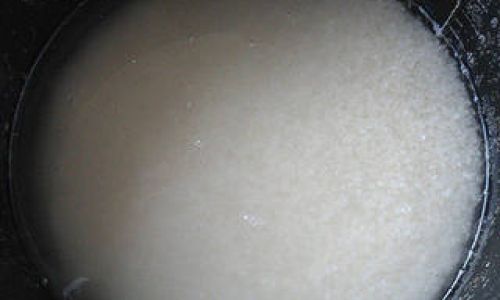
- White Rice – The most common variety, known for its mild flavor and ability to absorb flavors from other ingredients.
- Red Rice – Often a type of brown rice with a nutty taste and higher fiber content, providing a rich, earthy hue.
- Black Rice – Also known as forbidden rice or purple rice, it’s prized for its antioxidants, a slightly sweet taste, and deep, almost inky color.
Each rice variety has its own cooking time and water absorption rate, which is why cooking them together requires careful attention to detail.
Selecting the Right Rice
- Quality Matters: Always opt for high-quality, organic rice to ensure the best taste and nutritional value. Look for grains that are whole, unbroken, and free from any impurities.
- Freshness Counts: Check the packaging date and ensure the rice is within its best-before period. Stale rice can result in a less appealing texture and flavor.
- Storage Tips: Store your rice in an airtight container in a cool, dry place. Avoid exposing it to direct sunlight or moisture, which can degrade its quality.
Preparation Before Cooking
- Rinse Thoroughly: Place the tri-colored rice in a fine-mesh strainer and rinse under cold running water until the water runs clear. This removes any surface starch, preventing the rice from becoming gluey.
- Soak If Needed: While soaking isn’t strictly necessary for tri-colored rice, it can help the black and red rice varieties cook more evenly. Soak the rice in cold water for about 2-4 hours or overnight in the refrigerator. If soaking overnight, drain and rinse the rice before cooking.
- Measure Water Accurately: The ratio of water to rice is crucial. For tri-colored rice, a general rule is to use about 2 cups of water for every 1 cup of rice. Adjust based on your preference for firmness or softness.
Cooking Methods
There are several ways to cook tri-colored rice, including stovetop, rice cooker, Instant Pot, and even in the oven. Here, we’ll cover the stovetop and Instant Pot methods in detail.
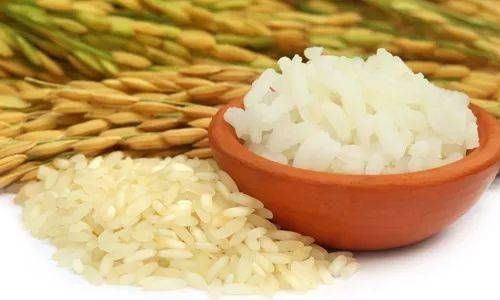
Stovetop Method
- Combine Ingredients: In a heavy-bottomed pot with a tight-fitting lid, combine the rinsed and drained tri-colored rice with the measured water.
- Bring to a Boil: Place the pot on medium-high heat and bring the mixture to a rolling boil. Stir once to prevent sticking.
- Reduce Heat and Simmer: Once boiling, reduce the heat to the lowest setting possible while maintaining a gentle simmer. Cover the pot tightly and let it simmer undisturbed for about 40-45 minutes, or until the water is fully absorbed and the rice is tender.
- Rest and Fluff: Remove the pot from heat and let it sit, covered, for an additional 10 minutes. This resting period allows the rice to finish absorbing any remaining moisture and steam, ensuring a fluffy texture. Use a fork to gently fluff the rice and separate the grains.
Instant Pot Method
- Add Ingredients: Place the rinsed and drained tri-colored rice and measured water into the Instant Pot inner pot.
- Seal and Set: Secure the lid and ensure the valve is set to ‘Sealing.’ Select the ‘Manual’ or ‘Pressure Cook’ setting and adjust the time to 22 minutes.
- Natural Release: Once the cooking cycle completes, allow the pressure to release naturally for 10 minutes. This helps the rice to steam and achieve the perfect texture. After 10 minutes, manually release any remaining pressure by switching the valve to ‘Venting.’
- Fluff and Serve: Open the lid carefully and use a fork to fluff the rice, separating the grains.
Adjusting for Personal Preferences
- Texture: If you prefer firmer rice, reduce the cooking time slightly and vice versa for softer rice.
- Flavor: Infuse your rice with additional flavors by adding a knob of butter, a pinch of salt, or aromatic spices like bay leaves, cinnamon sticks, or cardamom pods during cooking.
- Storage: Leftover tri-colored rice can be stored in an airtight container in the refrigerator for up to 3 days. Reheat gently, adding a splash of water if needed to prevent drying out.
Health Benefits and Serving Suggestions
Tri-colored rice is not just a visual delight but also a nutritional powerhouse. The combination of red, white, and black rice provides a broad spectrum of nutrients, including fiber, antioxidants, vitamins, and minerals. It’s gluten-free, low in fat, and suitable for various dietary needs, including vegan and vegetarian diets.
Serve your perfectly cooked tri-colored rice as a side dish to grilled meats, vegetables, or tofu. It pairs beautifully with curries, stir-fries, and salads. For a more indulgent treat, try topping it with roasted nuts, seeds, fresh herbs, or a drizzle of olive oil and a squeeze of lemon juice.
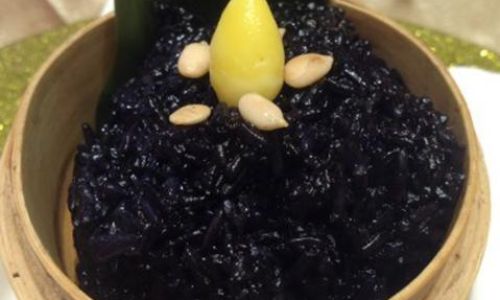
Conclusion
Cooking tri-colored rice may seem like a daunting task at first, but with the right techniques and attention to detail, you can achieve a dish that is not only visually stunning but also packed with flavor and nutrition. Whether you’re preparing a weeknight dinner or hosting a dinner party, tri-colored rice is a versatile, delicious addition to your culinary repertoire. By following the steps outlined in this guide, you’ll be well-equipped to cook tri-colored rice that’s sure to impress even the most discerning palate. Happy cooking!
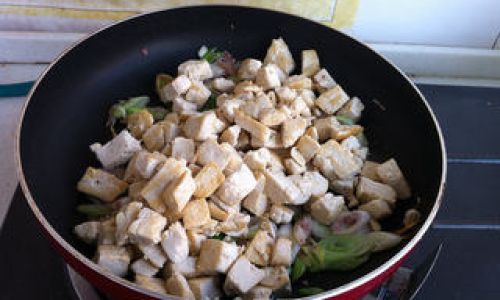
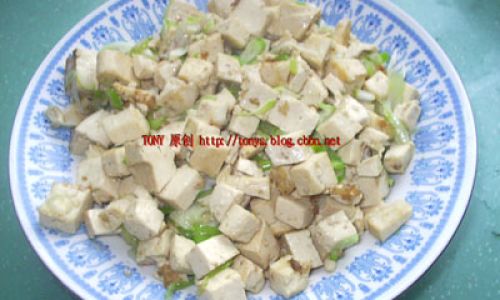
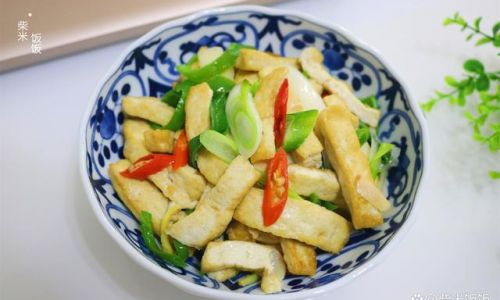

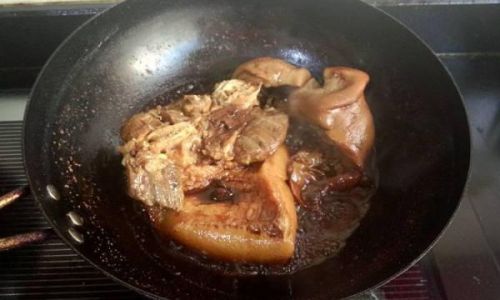

0 comments